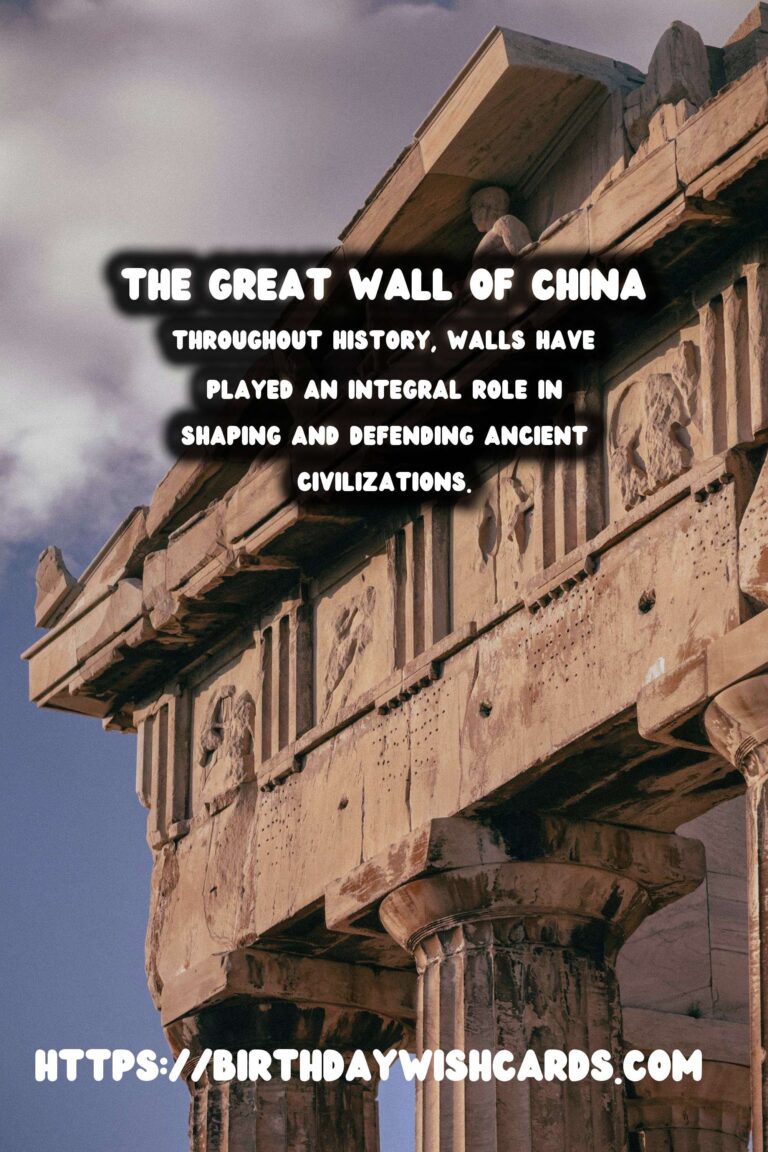
Introduction
Throughout history, walls have played an integral role in shaping and defending ancient civilizations. From fortifying cities against marauding invaders to acting as symbols of power and influence, walls were much more than mere barriers of stone and mortar.
The Defensive Purpose of Walls
The primary function of walls was undoubtedly defense. Ancient civilizations faced numerous threats, ranging from small raiding parties to full-scale sieges by rival empires.
One of the most famous examples of defensive walls is the Great Wall of China, which stretches over thousands of miles, built to protect Chinese states and empires from nomadic incursions. This monumental construction showcases the lengths to which civilizations would go to safeguard their people and assets.
Symbolism and Status
Beyond their functional purpose, walls often served as symbols of a civilization’s might and sophistication. The towering walls of Babylon, adorned with the renowned Ishtar Gate, conveyed a message of power and prosperity to both citizens and enemies alike.
In many ways, walls were the physical manifestation of a civilization’s technological prowess and political stability.
Urban Planning and Organization
Walls also played a significant role in urban planning and the organization of cities. They defined the boundaries of empires, demarcating territories and helping to manage resources effectively.
The grid patterns of ancient cities like those in the Indus Valley Civilization were often enclosed within walls, facilitating trade, administration, and daily life.
Social and Cultural Impacts
Aside from their practical use, walls had profound social and cultural impacts. They provided citizens with a sense of security and identity, delineating the civic body from outsiders and often being central to community festivals and gatherings.
The presence of walls contributed to a unified cultural identity, aiding in the development of traditions and historical narratives.
Legacy of Ancient Walls
The legacy of these ancient walls extends beyond their physical remnants. They have become subjects of archaeological study, offering insights into the lives and times of ancient peoples.
Their stories survive through texts, folklore, and legends, continuing to captivate our imagination and reflect the enduring human imperative to build, defend, and signify.
Conclusion
In conclusion, the walls of ancient civilizations were more than just fortifications; they were complex structures with multifaceted roles in defense, symbolism, administration, and cultural identity. The enduring presence of these walls, even in ruins, speaks to their importance in human history.
Throughout history, walls have played an integral role in shaping and defending ancient civilizations. The Great Wall of China is a monumental construction showcasing the lengths to which civilizations would go to safeguard their people and assets. 
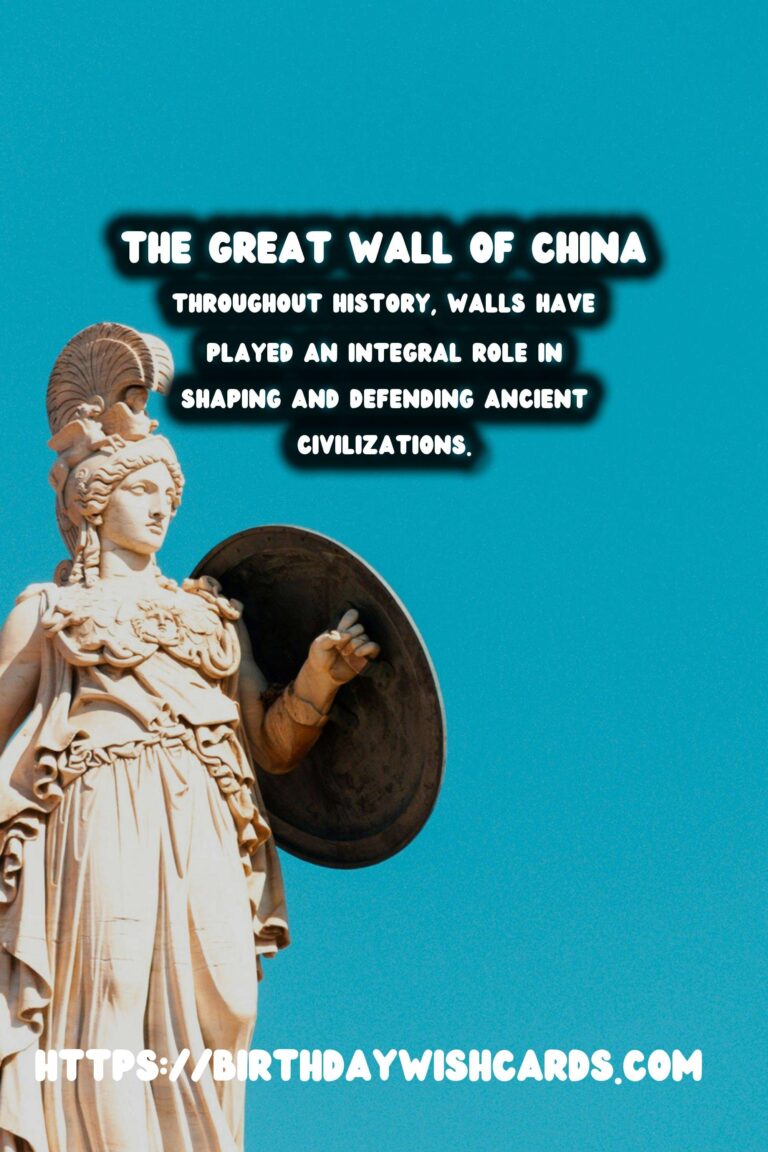
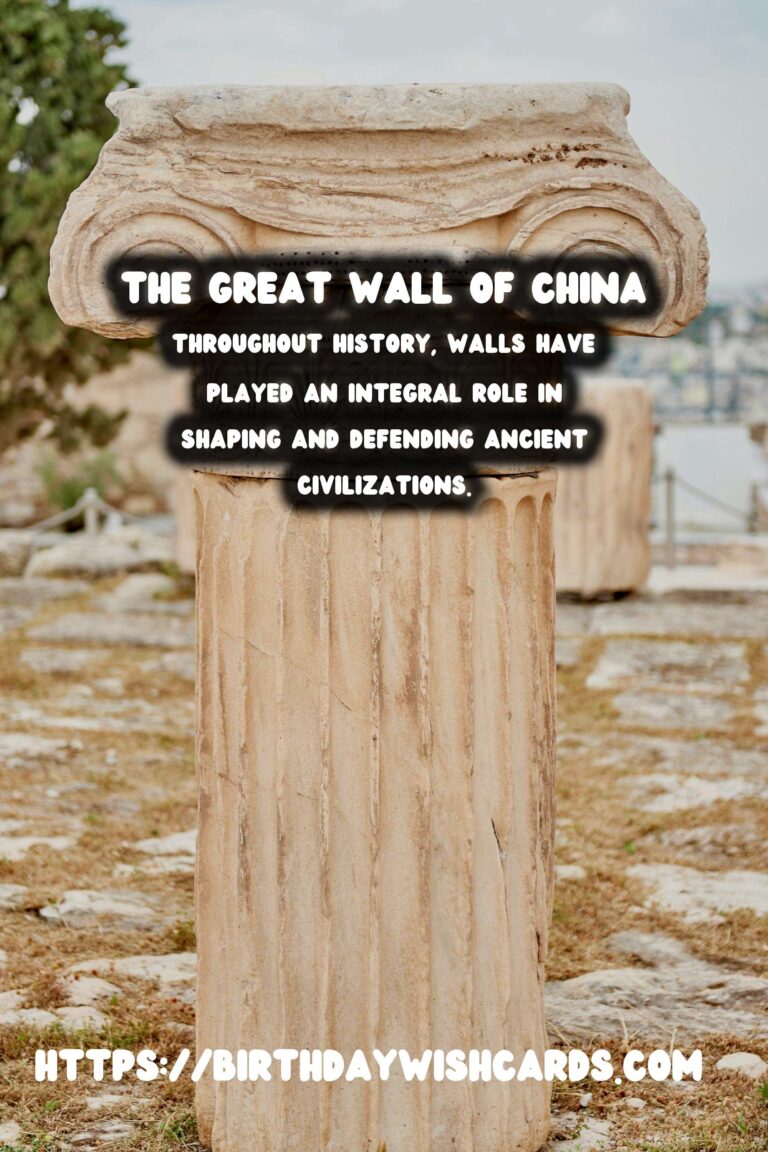
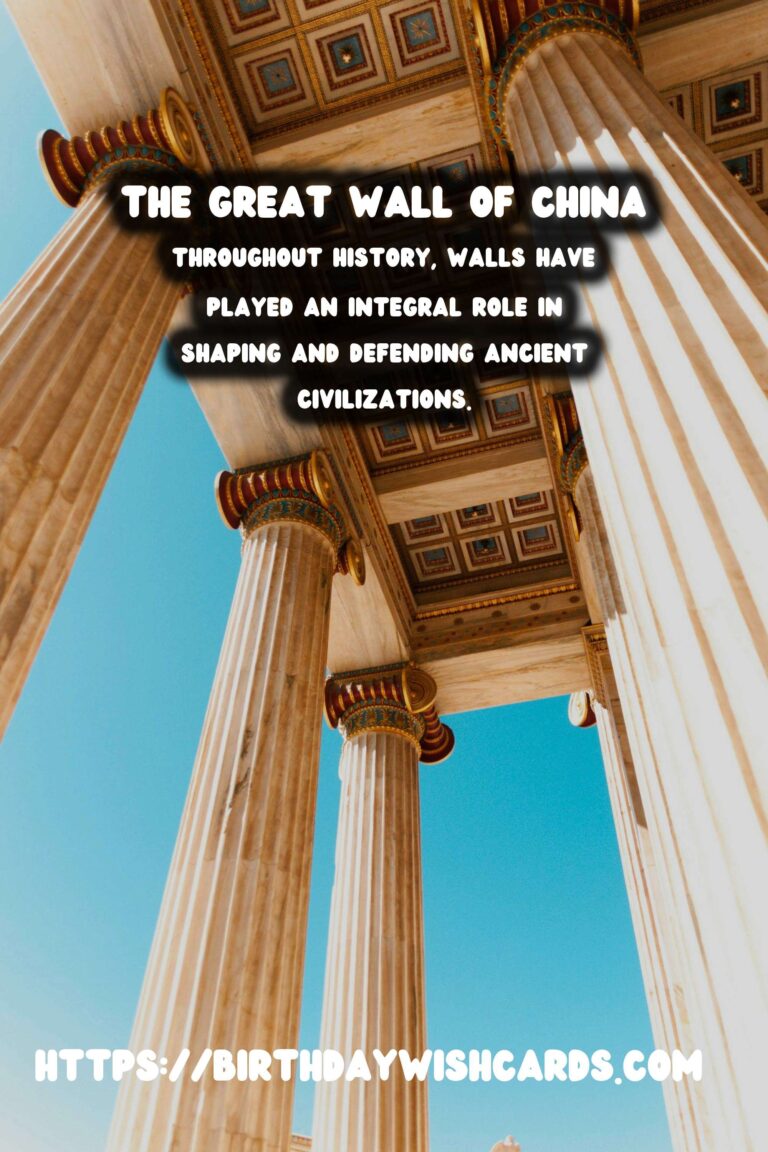
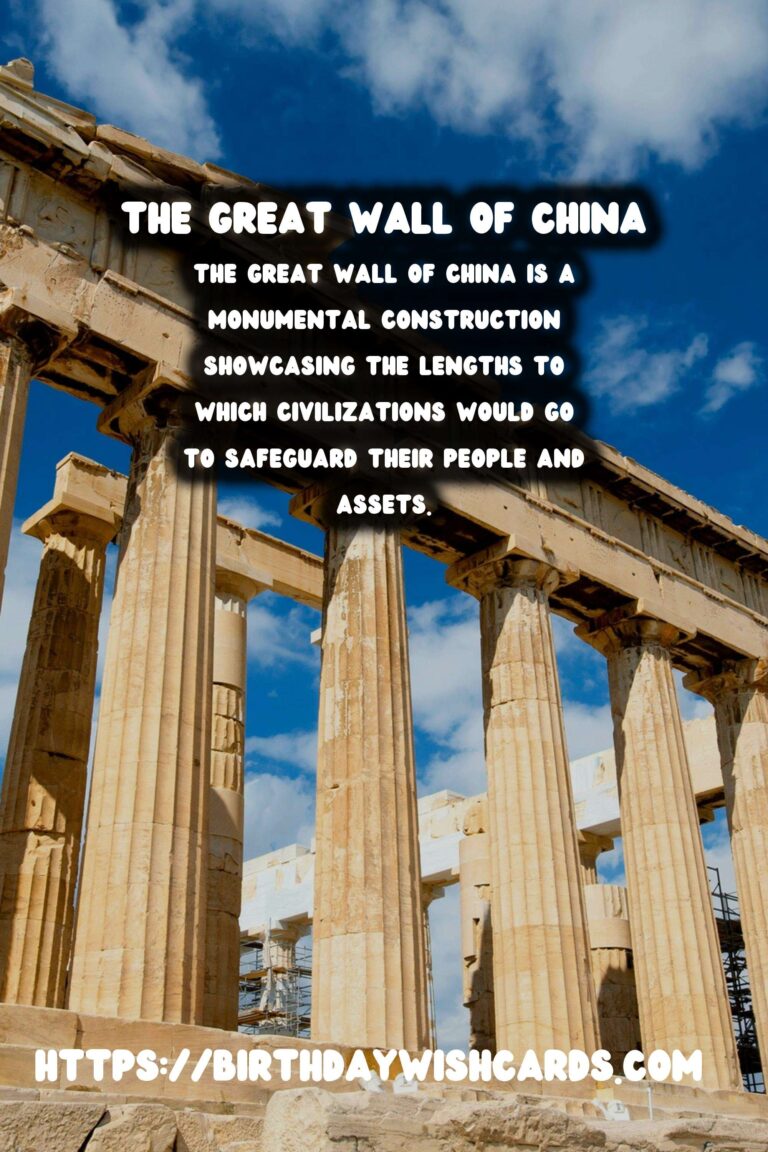
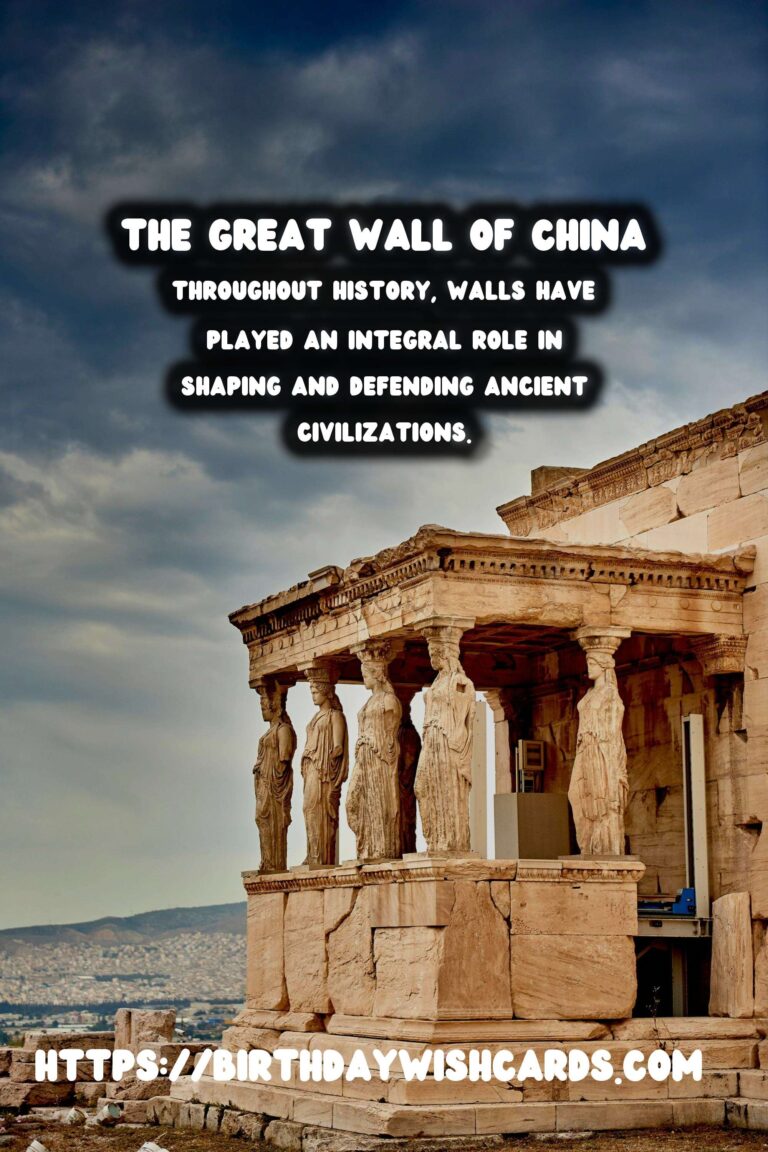
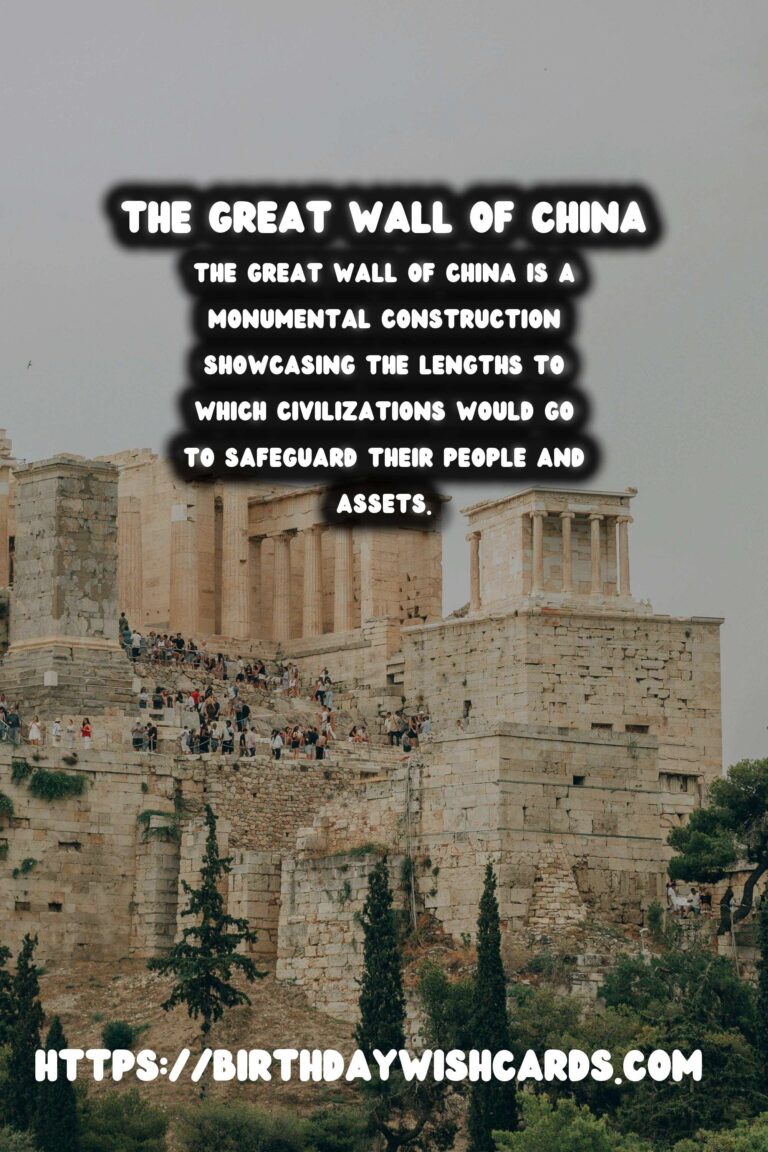
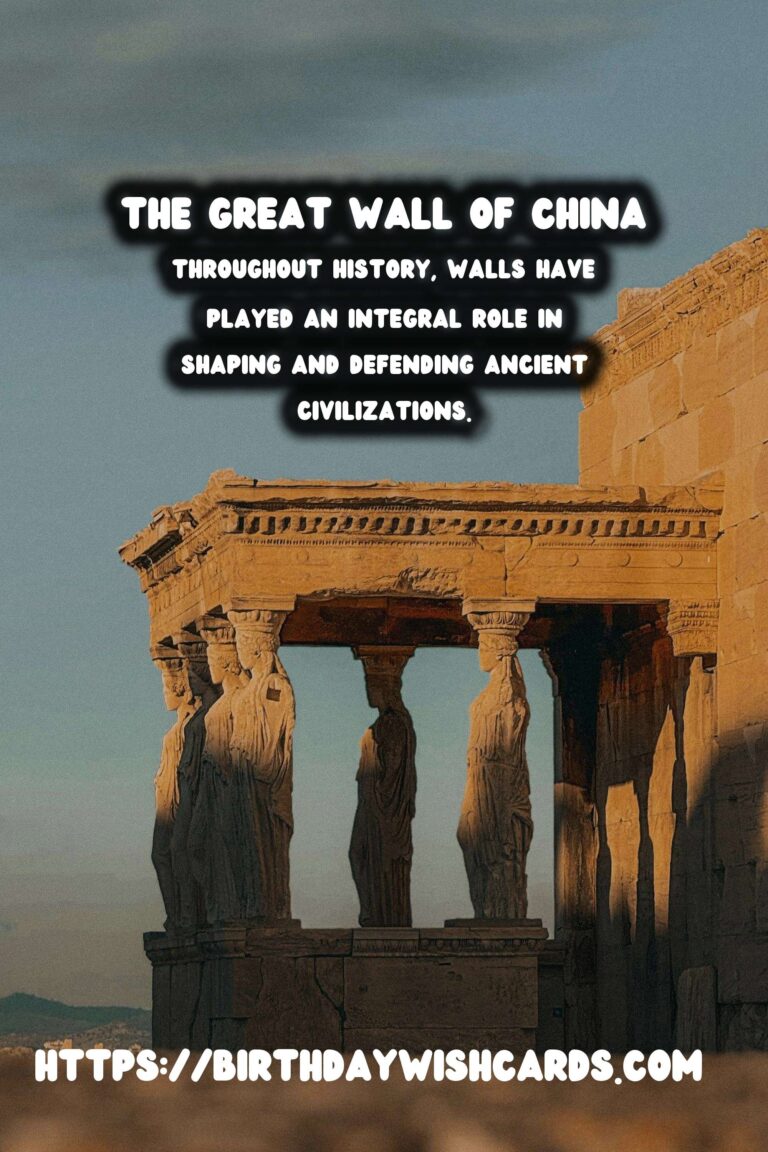
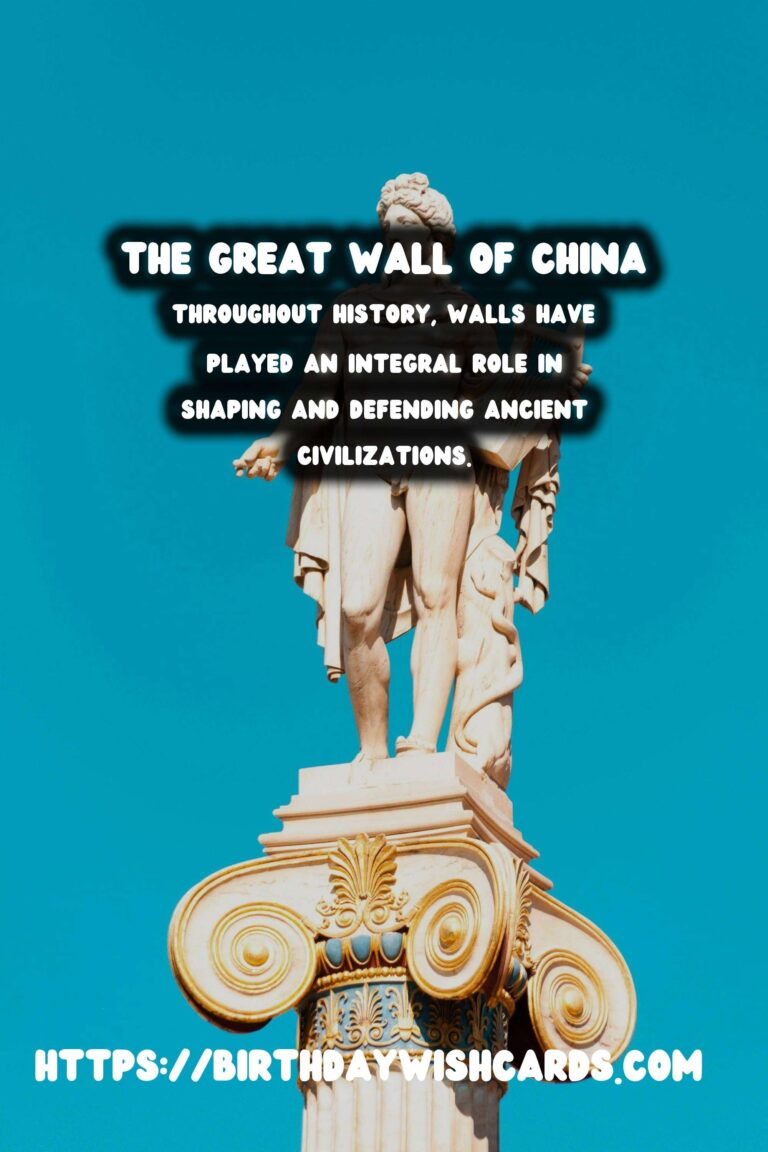
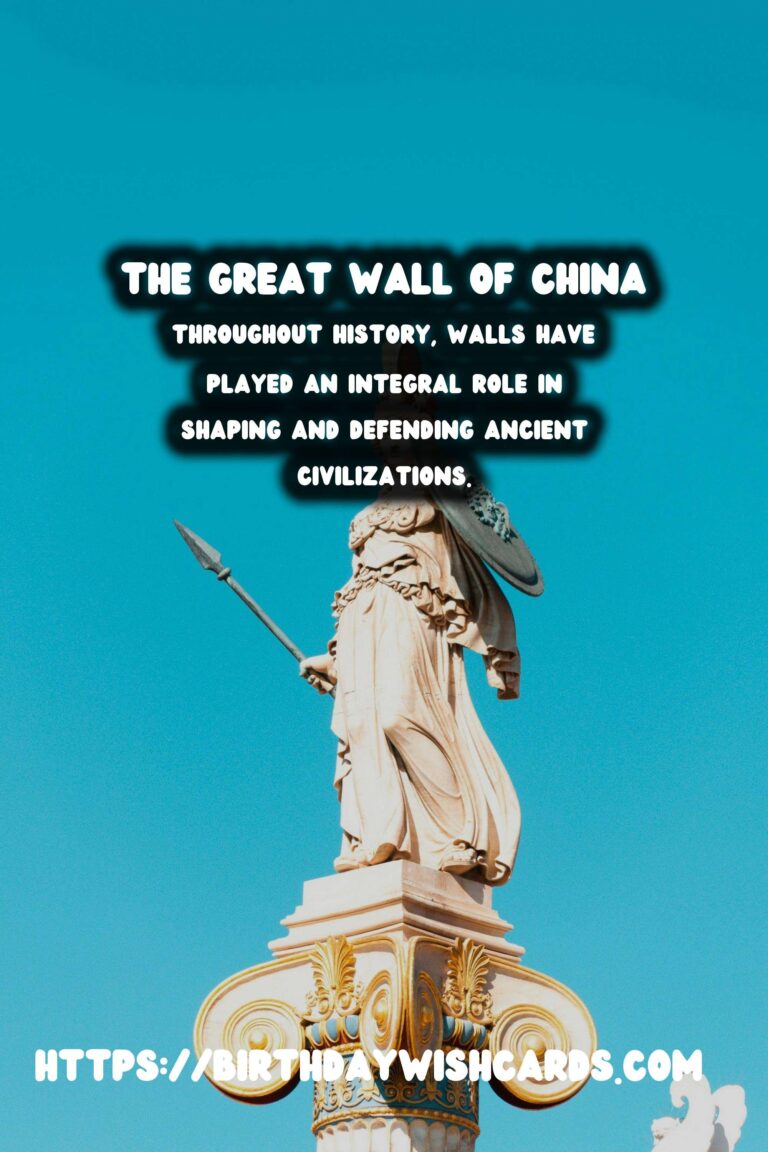
#AncientHistory #Civilization




